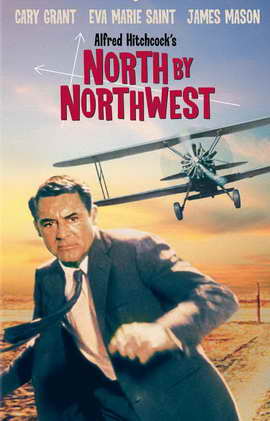In the beginning of this opening scene there is a build-up of tension, featuring around the assumed villain character, this shows that there is an imbalance of power between the criminals the the police, they are inferior and unaware of what is going on. This scene is accurate to a real life situation of terrorism in the film in which authorities have a lack of control over these situations since they don't know when such events will occur. The theme of the character could also reflect on recent events (current affairs) in America to which has had a large
debate on issues of gun control in schools, it is presumably gun enthusiast who is the sniper (possibly an assassin) as it is clear he is a professional, this would conform to the idea of the man being a white American down to the setting (being able to freely have a gun). From the gunmen's stance with his sniper rested on the wall combined with the long procedure of setting up the weapon suggests that he is possibly ex-military getting his own back on the government as a protest against gun control and the rights to have guns in the US. We can also see that
from the first screenshot that the villain character is wearing white gloves, this again conforms to the idea that he is a professional assassins or even hit man either for personal revenge or as part of a larger organization. It is stereotypical for the villain character to be male in such crime thrillers. He is conventional in the sense that he is close shaven head and is wearing a jacket and jeans attempting to symbolize either a stereotype or to make them blend in. Although it is more common nowadays to have a female character to be a villain than it used to be they tend to have more stratified ways of murdering their victims (such as poisons) this scene in Jack Reacher with the character and weaponry suggests it is going to be a more masculine orientated movie. You could argue however that the character isn't conventional villain in the sense that he is not wearing the conventional colours of that styled character rather than wearing black he is wearing brown suggests practicality and intensity. It is also interesting to not that the (assumed) bankers/ politicians are all wearing black, since we are seeing things from the hit man's perspective this could suggest that he is seeing them as the evil beings rather than himself.
In this camera shot we get a clear shot down the gun scope at the businessman right in-between his cross hairs of the target, it is if you like a POV shot of the gun itself. This is a brief shot before a jolt in camera angle and the man is next dead on the bench, it creates heightened tension and in the build up makes the audience anxious at to who the villain is after. Through use of this camera shot it adds tension to the scene as we are seeing what he sees. It leaves the audience trying to guess who or what he is aiming for, with this shot the man goes over a few people again continuing the tension build up. The tension at it's highest when he then finds his target this is the clear beginning of disequilibrium in the films narrative the man depicted with the gun is conventionally made to look like the villain as in this instance the person with the gun is set out to murder rather than protect.
The shot of the gunman's watch (brief as it is) suggests that he is organized and is waiting for a particular moment to strike, maybe when the police force is at its weakest or more likely when the target he is after is on a lunch break. The watch itself symbolizes time passing in the opening sequence intensifies the time it takes to get the targets, it makes the audience question what is going on, who it is the man is after, will the police stop him in time etc.
The shot of the gunman's watch (brief as it is) suggests that he is organized and is waiting for a particular moment to strike, maybe when the police force is at its weakest or more likely when the target he is after is on a lunch break. The watch itself symbolizes time passing in the opening sequence intensifies the time it takes to get the targets, it makes the audience question what is going on, who it is the man is after, will the police stop him in time etc.
















